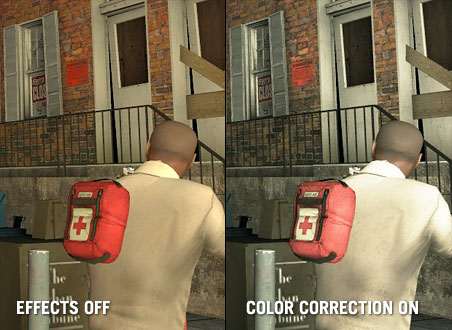
 Amy Lombard: While she doesn’t limit herself to only using grain, Lombard’s photography can be a great source of inspiration for how color and film grain can interact. Louis Faurer: Faurer was known for taking candid street photographs, especially nocturnal scenes, where he tried to capture the deeply human aspects of life. The Third Man: An iconic noir film, the night and darkness scenes in this film utilize the graininess of film at the time as an asset. Christopher Nolan: Many Nolan films utilize film grain to great effect, and you can see this in Dunkirk, his most recent war film. Here are some inspiring film grain examples: Having an era in mind or an example of how you want your photos or videos to look is a great way to start thinking about where and when to use film grain in your work. “The more we get to a clean digital world, the more we long for analog things that make us feel a sense of texture and connection,” filmmaker Nick Escobar says. The goal of your work should inform this decision.Ī sense of historical weight or nostalgia can be added with film grain. “Choosing an era for your film is almost like choosing a color.” The creative choice with film grain is yours to make. “In the present, time has no meaning anymore,” Panos Cosmatos, director of the grindhouse film Mandy, says. This grain effect can be used in design as well. In a sense, your digital camera’s ISO setting is the computer in your camera attempting to modulate the light that hits its sensor and can be thought of as roughly approximate to ISO grades of film stock. However, ISO settings in digital photography will still produce differences in film grain and image brightness.
Amy Lombard: While she doesn’t limit herself to only using grain, Lombard’s photography can be a great source of inspiration for how color and film grain can interact. Louis Faurer: Faurer was known for taking candid street photographs, especially nocturnal scenes, where he tried to capture the deeply human aspects of life. The Third Man: An iconic noir film, the night and darkness scenes in this film utilize the graininess of film at the time as an asset. Christopher Nolan: Many Nolan films utilize film grain to great effect, and you can see this in Dunkirk, his most recent war film. Here are some inspiring film grain examples: Having an era in mind or an example of how you want your photos or videos to look is a great way to start thinking about where and when to use film grain in your work. “The more we get to a clean digital world, the more we long for analog things that make us feel a sense of texture and connection,” filmmaker Nick Escobar says. The goal of your work should inform this decision.Ī sense of historical weight or nostalgia can be added with film grain. “Choosing an era for your film is almost like choosing a color.” The creative choice with film grain is yours to make. “In the present, time has no meaning anymore,” Panos Cosmatos, director of the grindhouse film Mandy, says. This grain effect can be used in design as well. In a sense, your digital camera’s ISO setting is the computer in your camera attempting to modulate the light that hits its sensor and can be thought of as roughly approximate to ISO grades of film stock. However, ISO settings in digital photography will still produce differences in film grain and image brightness. 
Lower ISO settings are less sensitive to light and will produce an image with much higher resolution.įilm grain does not exist in digital photography as digital photographic sensors do not have particles of silver halide floating around inside them. Higher ISOs are more sensitive to light and, due to the size of the light-sensitive particles, are much grainier. ISO is not an indicator of how many grains are present in a film, but a measurement of the film’s sensitivity to light. Whether it’s a fine grain or a coarse grain, ISO is the primary method for referencing how much grain exists in an image.






 0 kommentar(er)
0 kommentar(er)
